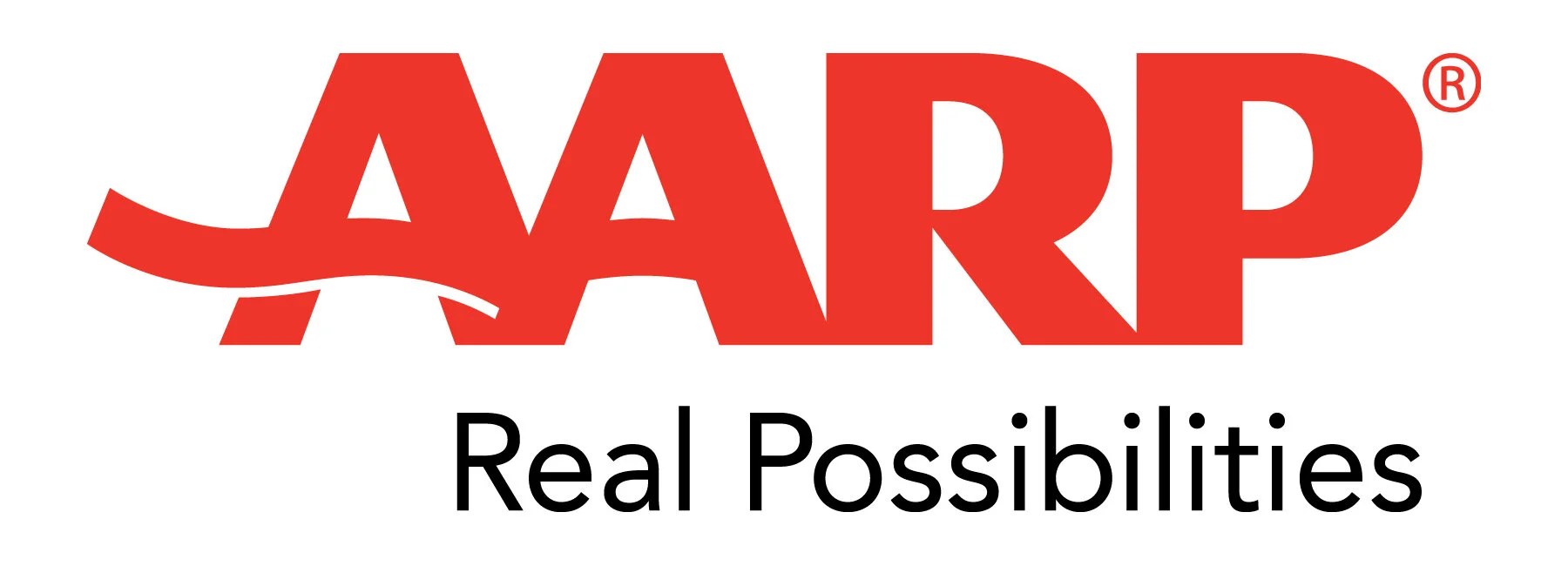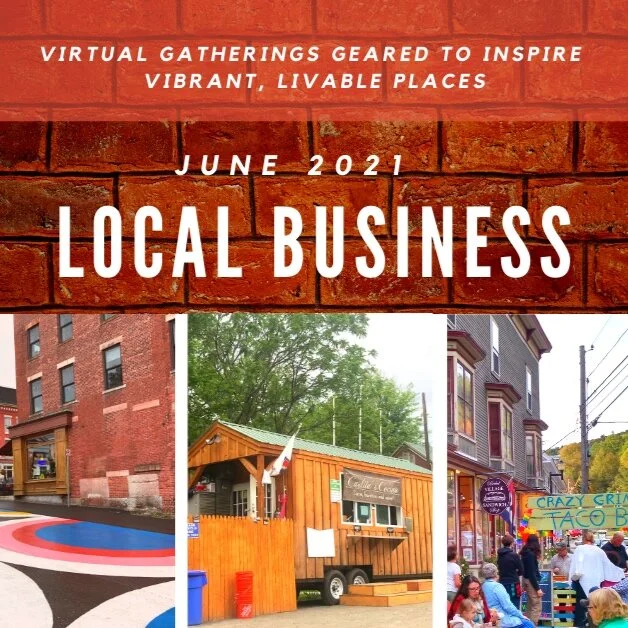How-To: Make Your Own Seed Bombs
/Seed Bombs
Spread beauty and resilience by making, sharing, and planting homemade “seed bombs” — clay balls full of seeds, which will sprout flowers wherever they land.
Image: urbanfoodie33 / Flicr
What are Seed Bombs?
Seed bombs are small balls with seeds mixed into a substrate of clay, soil, compost, or paper. Seed bombs can be tossed, crumbled or planted to sprout flowers and plants in areas that need some love. Making seed bombs is a great activity for kids, seniors and everyone in between. Sharing and giving away seed bombs is a great way to inspire and empower neighbors to become “guerrilla gardeners” and start secretly beautifying your community.
Materials
There are many variations of seed bombs and many recipes make them. Seed bombs are very easy to make, but can be finicky to grow. Start out by making some and experiment with how they work, or take some time to read more about the best materials and process for your project, climate and needs.
Here’s a basic recipe to get started:
Compost or potting soil
Red clay (powdered)
Seeds (native wildflowers, annual flowers, or veggies)
Water
Large bowl or bucket
Tray or egg cartons for drying
Order potter’s clay online or from a craft or pottery supply studio.
Purchase seeds from a garden supply store or seed company.
Find Compost or potting soil at garden supply stores.
Steps
Choose seeds that are right for your climate, ecosystem and goals.
Image: Baltimore Heritage / Flickr
1. PLAN YOUR PLANTING. Some folks say you can toss seed bombs out of a car window or on the ground and they will magically grow. The truth is, seeds need the right conditions to germinate. Do some thinking and planning up front for the best chance of success. Here are some things to think about.
Goals. What kind of plants do you want? Are you hoping to support pollinators? Beautify an open space? Grow food? Slow erosion? Are you hoping for perennial plants that will come back year after year, or annuals that will live only one summer? Do you want to just toss some bombs on the ground and see what happens, or are you counting on flowers to grow?
Climate and growing conditions. Different parts of the world have very different climates and growing seasons, and need different types of seeds. Find out what growing zone you are in before choosing seeds. Think also about where you are most likely to plant. Are the areas sunny or shady? Dry or moist? Are other plants already growing there?
Timing. Many wildflowers and perennial plants need several months of cold or freezing temperatures in order to germinate. The best time to plant these seeds is usually late fall or early spring. Many perennials won’t flower during the first year and many annual flowers take a couple of months to grow before they bloom. If you are looking to plant in summer or have quick color, look for faster growing varieties.
Site. What site (or sites) do you hope to plant on? The concept of “guerrilla gardening” (secret, unauthorized planting) is a fun one, but do think about places where you have (or can get) permission. It’s also fun to think about tossing seed bombs anywhere, but they will do best with decent growing conditions (good soil, water, and light). If your sites are near roads or in disturbed areas, you may need plants that do well in poor soils or can tolerate salt or chemicals.
2. CHOOSE YOUR SEEDS. You don’t want to plant just any seeds — you’ll want to choose the right seeds for your region, site, and plans. That means seeds that will grow and thrive, that will meet your goals and fit your timeline, and that won’t harm the ecosystem or native species. Spend some time reading up on the right seeds to fit your goals and plan, or talk to knowledgeable local gardeners. Here are some things to think about.
Native species. For the best and safest results, stick to seeds that are native to your region. They have the best chance of growing in your local area, and you won’t risk spreading invasive species. If native seeds don’t work, choose varieties that are suited to your region and growing zone and won’t become invasive. Many companies make native wildflower seed mixes customized for different regions, which you can buy in bulk.
Birds & Bees. Seed bombs can play a critical conservation role by spreading species that support essential pollinators like bees, butterflies and birds or that offer food and seed to other species. Read up on pollinator- or bird-friendly species online or purchase a pollinator seed mix.
Food. Seed bombs typically use flowers, but there’s no reason you can’t try vegetables or herbs. Try out easy-to-grow crops like lettuce or kale. If you’re hoping for an edible harvest, be sure they are planted in areas with safe, clean soils and little chemical contamination.
Color & beauty. If your goal is to quickly beautify a space or add striking color, you may want fast-growing annual seeds like sunflowers, zinnias, or cosmos. These seeds tend to be larger, so you may just want two or three per seed bomb.
2. GATHER YOUR MATERIALS. Making seed bombs is very easy and quick, but it may take a little planning to find the materials. If you don’t have a pottery supply shop locally, leave time to order clay. If you can’t find red potter’s clay, you can use air dry clay (found in most craft stores) instead. If it’s not gardening season, you may not find seeds in stock locally but you can order from a seed company.
PRO TIP: Plan out a work space in advance as well. Powdered clay and soil can be messy, so working outdoors is ideal. If you’re indoors, consider using a mask so that you don’t breathe in clay particles. Lay down newspaper or plastic to contain the mess.
3. MEASURE AND MIX YOUR INGREDIENTS. You can play around with the right ratio and amounts of materials, but basic recipes are very simple. Add 1 part seeds (or less), 2 parts clay powder, and 4-5 parts compost or soil to a large bucket or bowl. Decide how many seed bombs you want to make, and measure “parts” accordingly. Measurements don’t need to be exact — you can measure by the cup, handful, or any scoop of your choice. Mix the dry ingredients together with your hands or a large spoon. Add a small amount of water and mix it in with your hands. Keep adding water slowly, while mixing, just until the mixture starts sticking together. If you want to conserve seeds, you can use far less than suggested above — even a few seeds per ball can be enough.
4. MAKE YOUR SEED BALLS. Take a small amount of the mixture and roll it into a ball in your hands. If your seeds are tiny, aim for grape-sized balls. If you have larger seeds, you can make seed bombs as large as a golf ball. Continue rolling the ball in your hands until it is firm and smooth. If you prefer, use a small candy or soap mold or cookie cutters to form different shapes.
Aim to make your seed bombs compact and firm, and usually no larger than a quarter.
Image: Herder3 / Wikimedia Commons
5. DRY THE SEED BOMBS. Lay the seed bombs on a tray or place them in egg cartons to dry completely. You’ll want them to dry as fast as possible so that seeds don’t germinate yet in the moist clay, so look for a sunny and well-ventilated spot.
5. PLANT OR SHARE. Once the seed bombs are dry, they are ready to plant or package up and share. Seed bombs make great gifts or handouts at a community event or project. If you’re ready to plant and the season is right, then head out to your spot. You can simply throw them on the ground and see what happens, but they will grow best if you follow planting instructions for the type of seeds you used. Many wildflower seeds can be scattered on the ground; these will do best if you crumble the ball and sprinkle it around. Many annual seeds need to be covered by soil; these will do best if you plant them at the right depth.
PRO TIP: If you share or give away your seed bombs, include a note with planting instructions.
6. NURTURE YOUR SEEDS & SPACE. You can just toss a seed bomb and forget about it, but it may or may not grow. That method may work best for hardy wildflower seed bombs that you launch in late all or early spring. In general, seed bombs have the best chance of growing if you give them a little bit of care. Seeds need consistent moisture to germinate, so give them some water if possible. Tiny seedlings will do best if you weed around them and thin them after they start growing. And any garden or planted space will do best if you care for it in the long run. Nurture your seeds to start, and then get creative about how else you can improve the site.
7. EXPERIMENT! If you have the time and interest, put on your lab coat and set up some experiments to find out what works best for your goals and area. Here are some fun experiments that you can do on your own, or work with a school class or curious kids.
Planting methods: Try launching your seed bombs in different ways and see which ones germinate best. Toss some on the ground, crumble others, and plant some at different depths. Plant at different times of the year and see how they do.
Ingredients and ratios: Play around with the ratios of ingredients and see what texture and method you like best. You can also try other recipes using recycled paper, egg shells, pill capsules or other creative materials.
Seed mixtures: Explore different types of seeds or amounts of seeds in your seed bombs and see which ones grow the best over time.
Locations: Try spreading seed bombs in different areas and see how they do.
Links & Resources
Looking for more info or inspiration? Check out these great resources.
Guerrilla Gardening Blog — explore this blog from Britain for dozens of ideas, tips, and guerrilla gardening projects
Seed Ball Supplies and Recipes from seedballs.com
Pollinator Garden Info, resources, plant recommendations, ecoregional planning guides, and more from the Pollinator Partnership
This resource was developed for Vermont’s monthly Placemaking Meet-Up series — informal gatherings designed to connect placemakers and spread great ideas. Join AARP Vermont & Community Workshop for an upcoming meet-up or check out resources from past events.















It’s the season to get back outside. What better place than our streets?